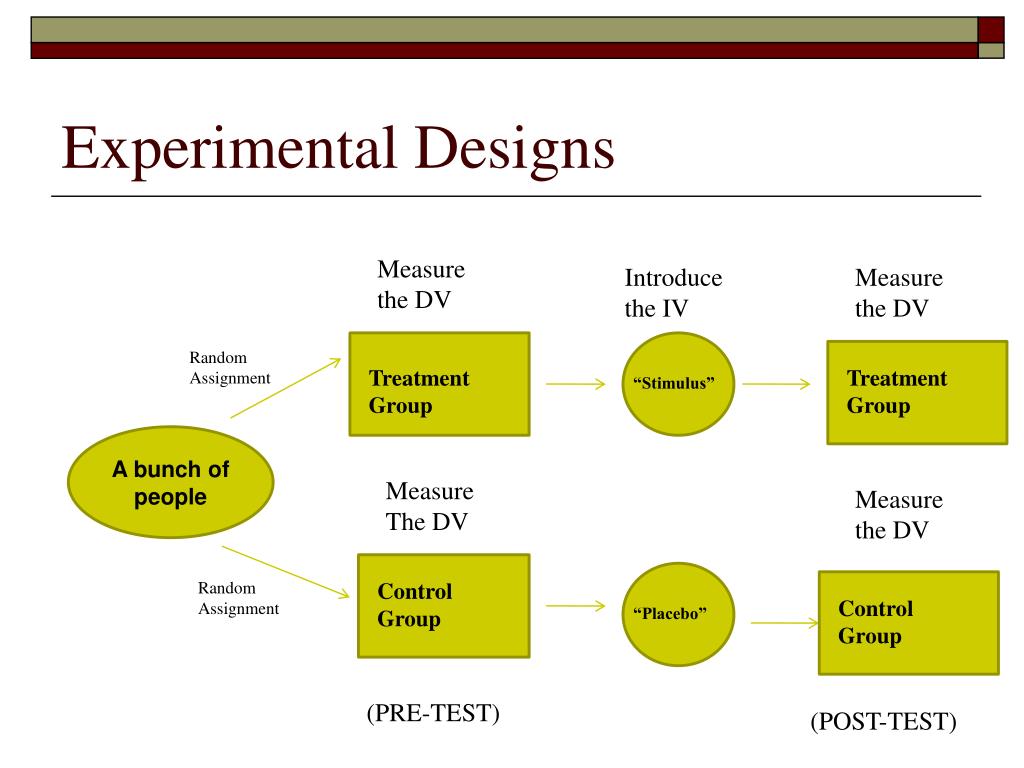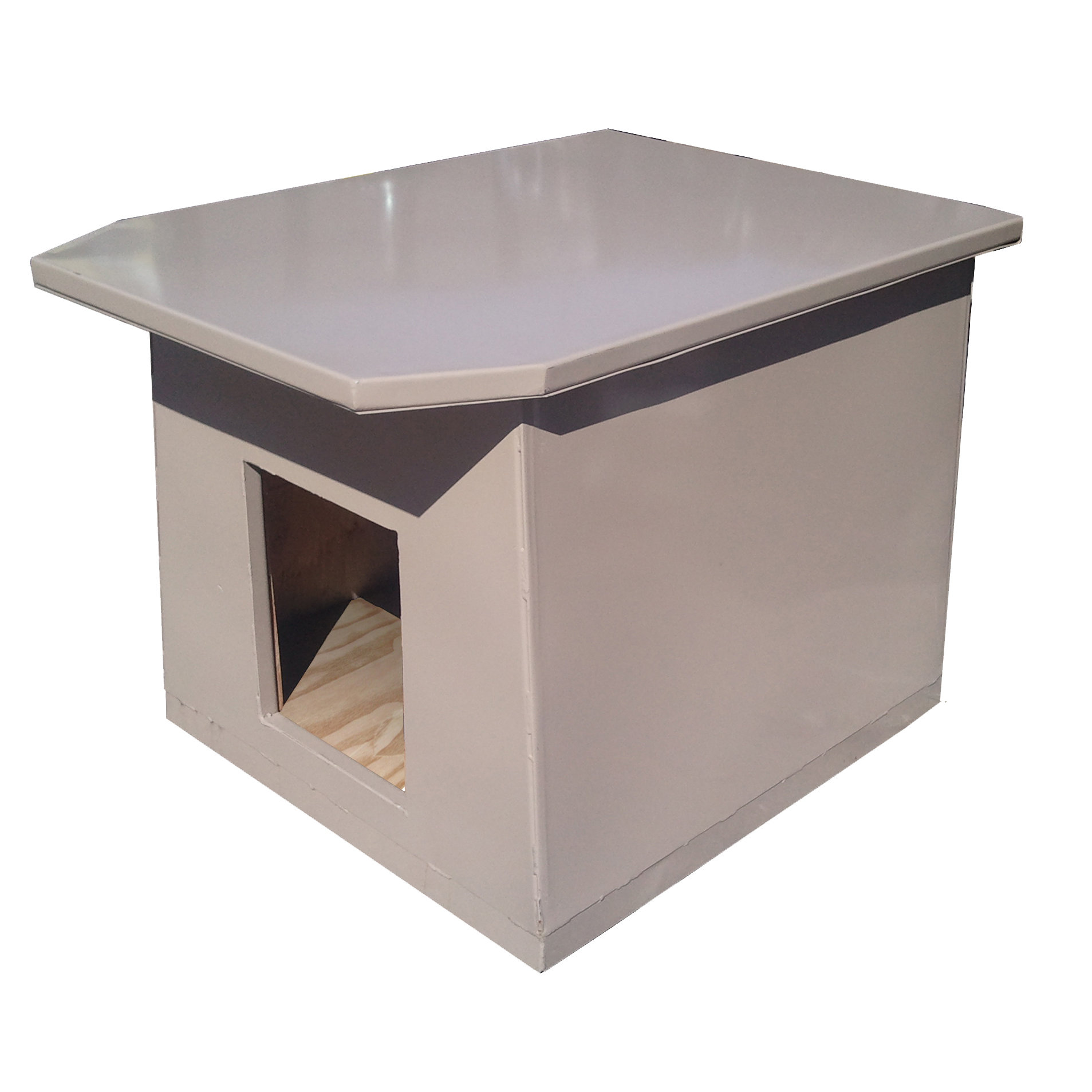Table Of Content

To enhance validity, carefully define your research variables, use established measurement scales or protocols, and collect data through appropriate methods. Consider conducting a pilot study to identify and address any potential issues before full implementation. To enhance reliability, use standardized procedures, conduct inter-rater or test-retest reliability checks, and employ appropriate statistical techniques for data analysis.
Data management
A well-planned research design is critical for conducting a scientifically rigorous study that will generate neutral, reliable, valid, and generalizable results. There are many other ways of analysing qualitative data depending on the aims of your research. To get a sense of potential approaches, try reading some qualitative research papers in your field. In quantitative research, you’ll most likely use some form of statistical analysis.
Survey
The treatment may be drugs, devices, or procedures studied for diagnostic, therapeutic, or prophylactic effectiveness. Control measures include placebos, active medicines, no-treatment, dosage forms and regimens, historical comparisons, etc. When randomization using mathematical techniques, such as the use of a random numbers table, is employed to assign patients to test or control treatments, the trials are characterized as Randomized Controlled Trials. Grounded theory (also referred to as “GT”) aims to develop theories by continuously and iteratively analysing and comparing data collected from a relatively large number of participants in a study. It takes an inductive (bottom-up) approach, with a focus on letting the data “speak for itself”, without being influenced by preexisting theories or the researcher’s preconceptions. Phenomenological design involves exploring the meaning of lived experiences and how they are perceived by individuals.
Research Design: Qualitative Studies
Instead of summing it up in numbers, you’ll need to comb through the data in detail, interpret its meanings, identify patterns, and extract the parts that are most relevant to your research question. The specific calculations you can do depend on the level of measurement of your variables. You should anonymise and safeguard any sensitive data, and make sure it’s backed up regularly.
Types of Research Designs Compared Examples
What is UX Research and What Does a UX Researcher Do? - TechTarget
What is UX Research and What Does a UX Researcher Do?.
Posted: Mon, 14 Mar 2022 23:10:53 GMT [source]
By combining qualitative and quantitative insights, you can gain a more complete picture of the problem you’re studying and strengthen the credibility of your conclusions. Research design is a systematic plan that guides the research process, outlining the methodology and procedures for collecting and analysing data. It determines the structure of the study, ensuring the research question is answered effectively, reliably, and validly. Once the survey questions are developed, particular attention should be paid to how they are ordered in the questionnaire. Surveyors must be attentive to how questions early in a questionnaire may have unintended effects on how respondents answer subsequent questions. Researchers have demonstrated that the order in which questions are asked can influence how people respond; earlier questions can unintentionally provide context for the questions that follow (these effects are called “order effects”).
The descriptive function of research relies on instrumentation for measurement and observations. The descriptive research results in our ability to carefully describe the phenomena, events, or case under study. Descriptive research does not fit neatly into the definition of either quantitative or qualitative research methodologies, but instead, it can utilize elements of both, often within the same study. Observational research, as the name suggests, involves observing subjects in their natural environment without any manipulation or control by the researcher. It is more precise and focused than exploratory research and goes further to provide additional insights about the specifics of the problem. Explore existing conditions retrospectively with Retrospective Exploration, shedding light on potential causes where variable manipulation isn’t feasible.
This contrasts with LONGITUDINAL STUDIES which are followed over a period of time. As an example, let’s assume your research aims involved understanding how people cope with chronic pain from a specific medical condition, with a view to developing a theory around this. In this case, grounded theory design would allow you to explore this concept thoroughly without preconceptions about what coping mechanisms might exist. You may find that some patients prefer cognitive-behavioural therapy (CBT) while others prefer to rely on herbal remedies. Based on multiple, iterative rounds of analysis, you could then develop a theory in this regard, derived directly from the data (as opposed to other preexisting theories and models). This way, you still achieve separate groups, without having to assign participants to specific groups yourself.
Open- and closed-ended questions

The researcher does not do any active intervention in any individual, and the exposure has already been decided naturally or by some other factor. For example, looking at the incidence of lung cancer in smokers versus nonsmokers, or comparing the antenatal dietary habits of mothers with normal and low-birth babies. In these studies, the investigator did not play any role in determining the smoking or dietary habit in individuals. The order questions are asked is of particular importance when tracking trends over time.
Based on the direction of inquiry, study designs may be classified as forward-direction or backward-direction. In forward-direction studies, the researcher starts with determining the exposure to a risk factor and then assesses whether the outcome occurs at a future time point. For example, a researcher can follow a group of smokers and a group of nonsmokers to determine the incidence of lung cancer in each. In backward-direction studies, the researcher begins by determining whether the outcome is present (cases vs. noncases [also called controls]) and then traces the presence of prior exposure to a risk factor.
Collaboratively navigate challenges with Action Research, fostering improvements in educational or organizational settings. Drive meaningful change through actionable insights derived from collaborative endeavors. Case Control Studies - Studies which start with the identification of persons with a disease of interest and a control (comparison, referent) group without the disease. The relationship of an attribute to the disease is examined by comparing diseased and non-diseased persons with regard to the frequency or levels of the attribute in each group.
Artificial microbiome heterogeneity spurs six practical action themes and examples to increase study power-driven ... - Nature.com
Artificial microbiome heterogeneity spurs six practical action themes and examples to increase study power-driven ....
Posted: Thu, 19 Mar 2020 07:00:00 GMT [source]
The independent variable is administered to the experimental group and not to the control group, and both groups are measured on the same dependent variable. Subsequent experimental designs have used more groups and more measurements over longer periods. Understanding different types of research designs is essential as helps ensure that your approach is suitable given your research aims, objectives and questions, as well as the resources you have available to you. Without a clear big-picture view of how you’ll design your research, you run the risk of potentially making misaligned choices in terms of your methodology – especially your sampling, data collection and data analysis decisions.
If you think that the chosen research design cannot answer the research questions properly, you can refine your research questions to gain better insight. It would be best to make some decisions about addressing the research questions adequately before starting the research process, which is achieved with the help of the research design. To him/her, the process of enrolling cases and controls over a period of several months appears prospective.
Before collecting data, it’s important to consider how you will operationalise the variables that you want to measure. As well as deciding on your methods, you need to plan exactly how you’ll use these methods to collect data that’s consistent, accurate, and unbiased. Observations allow you to collect data unobtrusively, observing characteristics, behaviours, or social interactions without relying on self-reporting. You can choose just one data collection method, or use several methods in the same study. For practical reasons, many studies use non-probability sampling, but it’s important to be aware of the limitations and carefully consider potential biases.
In addition to the number and choice of response options offered, the order of answer categories can influence how people respond to closed-ended questions. Research suggests that in telephone surveys respondents more frequently choose items heard later in a list (a “recency effect”), and in self-administered surveys, they tend to choose items at the top of the list (a “primacy” effect). In most circumstances, the number of answer choices should be kept to a relatively small number – just four or perhaps five at most – especially in telephone surveys.




















